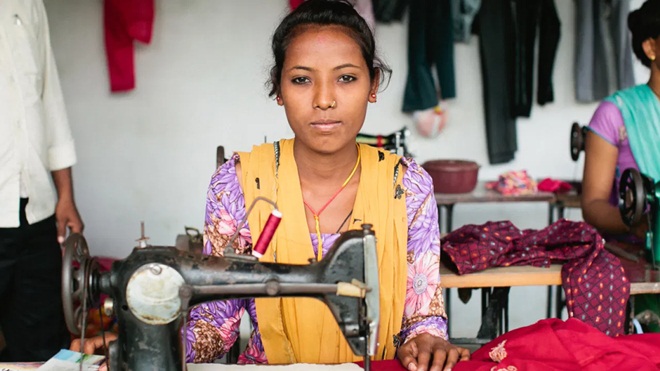“We get to keep 70% of our payments per gig. It’s better than having our own parlour, at least we get regular clients.”
Indu, an Urbanclap beautician is one of the 3 million workers engaged in short-term, non-permanent, platform based labour. Simply put, she is an active participant in the rapidly emerging gig economy. But a lot of women like Indu do not get to avail the benefits of this.
The Union Labour Ministry of India recently introduced the Labour Codes on wages, industrial relations, social security and occupational safety, health and working conditions which sought to subsume as many as 44 central labour laws.
But out of these four Labour Codes, only the code on social security mentions gig worker, who is defined as, ‘a person who performs work or participates in a work arrangement and earns from such activities outside of traditional employer-employee relationship’ .
This puts women, one of the major beneficiaries of the gig economy owing to its flexibility at a greater risk of falling out of the labour market. Female participation in Indian labour market is already a fledgling figure, with four out of every five women not working in the country.
Informalising gig work
The code treats gig workers as informal or unorganised workers, which empowers the central government to draft provisions regarding their health and maternity benefits, old age protection, education and more. There also exists a provision of constituting a social security fund for gig and platform workers. While this is a positive move, the government has effectively kept such platforms and gig workers out of the purview of the code of the wages, which entails minimum wages, equal pay for equal work, provident fund, insurance and gratuity schemes and more.
Both the definitions of employees and platform workers in these codes do not take into consideration the nuances. Both these definitions exclude the nuances of the platform worker, which leaves legislation related to their benefits in a gray zone.
Women at a disadvantage
In 2019, India’s female labour force participation, according to the World Bank stood at 20.5%, dwindling from 30.3% in the 1990s. To put things in perspective, only Yemen, Syria, Iran, Iraq and Jordan have a female participation figure lower than India.
S. Sharma (name changed), a public policy analyst says that there are many reasons for this.“On an average, women spend 2-3 hours more than a man doing household chores while also working a full time job. Gig economy not only gives them the flexibility to work but also helps them maintain the elusive work-life balance. It also helps the women enter the work-force on their terms, retain and upgrade their existing skill set and have a decent shot at leadership roles in the organisation.
With women working, the discretionary spending income of the household also increases. It’s good for India’s macro economy where women can now spend in savings, consumption and investments. “
The way ahead
In most cases, gig workers are not identified as ‘workers’ as they are registered as self-employed professionals with aggregator companies like Urbanclap and more. This puts them at a disadvantage, forcing them to compromise on the regularity and quality of income.
Women in India constitute only 4% of the blue-collar economy. And in a country like India, where 92% of the jobs are informal and more than 300+ new, on-demand platforms have emerged in just the last five years, policy making needs to tread carefully in grounds like these. Platform and Gig work in India needs to be seen as a ‘professional’ reproduction that has to be adequately captured by Indian labour laws.

